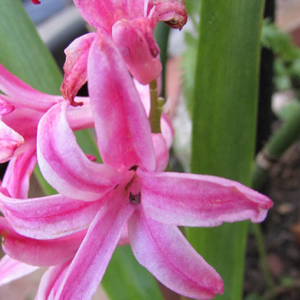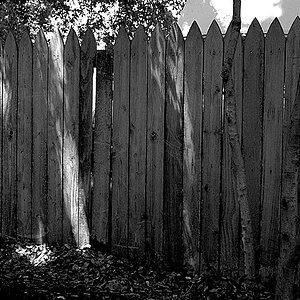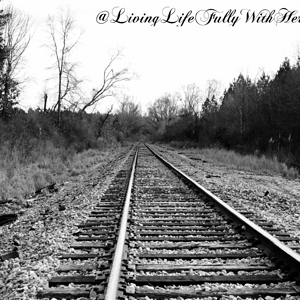angelusagendi
TPF Noob!
- Joined
- Aug 21, 2017
- Messages
- 32
- Reaction score
- 6
- Location
- Montreal
- Can others edit my Photos
- Photos OK to edit
It seems everyone that starts with continuous lighting has many, many problems and end up either just dealing with it or upgrading to at least cheaper speedlight flash or strobe systems.
I had a large writeup about the different bulb types many months ago but in short,
Continuous may say "500 watts". But you have to remember the bulb type. A regular light bulb or twisty flourescent puts out light in ALL directions. Thus only a small part of that 500watts is actually going towards the subject. So you quickly find out that you need longer shutter speeds to compensate because the light is much, much less; which is slower than needed for portrait. Then the bulbs (even LED ones, except for the ones that cost about $100 each) give out very distracting color thus WhiteBalance issues. Then light is spilled all over the place and any wall painted a different color may give an unwanted tint. Edit: I also need to add that you will probably be mixing Ambient (regular sun light) and the Continuous Light, which will probably give you weird skin colors.
It's not about the light that your eyes see, but about the light that the camera's sensor sees.
I won't recommend any continuous light EXCEPT for product photography. Any time "portraits" or images of people are of concern then one MUST have a shutter speed at say 1/125 or higher and then the lighting HAS to be strong enough and controllable.
There are continuous lighting systems that are great, but FAR above your budget limit.
For #2 .. of the "good" continuous light photo studio ... can you provide examples of what you define as "good" and exactly what the setup was ? Many can be "good" but then they start asking how to improve and quickly come across their lighting setup as the stumbling block.
Good evening,
Thank you so much for such a detailed reply. To answer your question, basically, I saw my photos on her computer screen and they looked decent (but I admit not top quality possible..).
So you would recommend to get like 2 strobe lights (which are around 100$/each)? Buy softboxes for it too. Right? Please, tell me more. I appreciate your help.


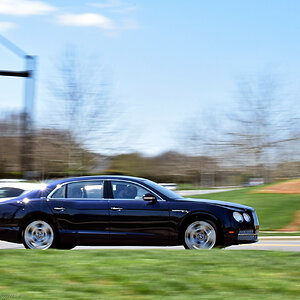
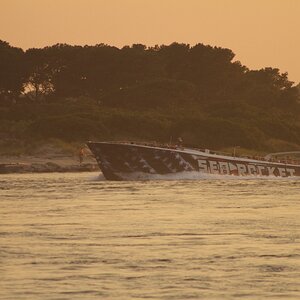
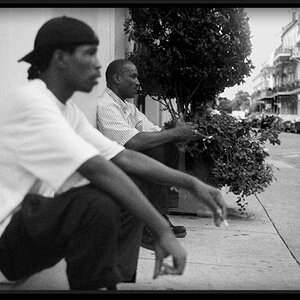
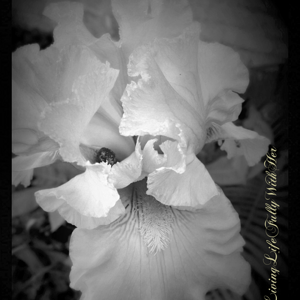

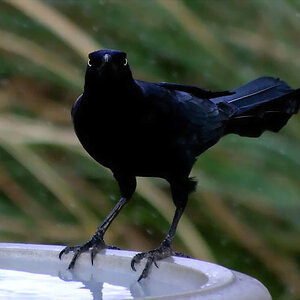
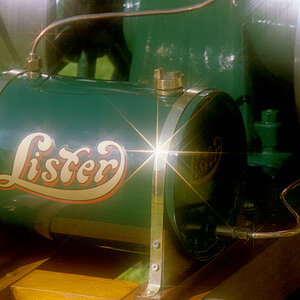
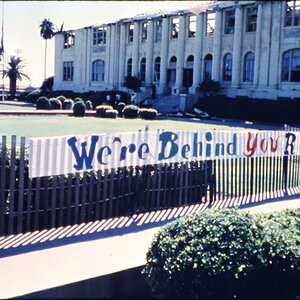
![[No title]](/data/xfmg/thumbnail/37/37108-62307f01c11ef92f5655ed4501d565ce.jpg?1619737882)
